IoT Makes Star Trek Universe Come True for Educational Field
Let space be the final frontier for sci-fi characters. The present-day reality challenges us with more realistic tasks that can be solved due to advanced tech development. Merged into the educational field, technologies enlarge to the utmost the learning opportunities and offer solutions no one has thought about before. The new mission of educators is to increase student engagement and inspire them to explore strange new areas of learning to where technologies will take us in the foreseeable future.
Internet of Things: a red rag to investors
The Internet of things empowers common passive stuff with behavioral patterns, computing power, and sought-after functionalities. Desk lamps, coffee machines, houses – all these objects start to “interact” with owners, “think” and “unite” into single networks and supernetworks. All of a sudden, we will find ourselves in a smarter environment. In fifty years or so, we will address queries to the air, and the environment will cater to our needs. How could that be? Just because of smart components every object will comprise. Do you remember the recently finished TV series “Star Trek: Discovery” and the fictional intergalactic mycelial network that connected all the points in time and space? One day, IoT will bear a striking similarity to that imaginary network, embracing our world and making it hyper-connected.
Source: http://memory-alpha.wikia.com
IoT and AI to rule the realm of Education
Imagine learners who will be able to study like Vulcan students of the Science Academy. They will adopt similar ways of acquiring knowledge and mastering new skills, e.g., holodecks to simulate real-life situations, touch-based panels to control networks of connected devices, highly-personalized exams monitored by systems detecting slightest emotional shifts, etc. Despite the fact that a great deal of sci-fi technologies is still the way off now, the IoT opens stunning educational perspectives.
The education industry is facing far-going transformations fueled by the convergence of the IoT with AI and the related technologies. While the IoT makes it possible to employ a variety of connected devices that students love to bring and use, AI and machine learning technologies enable prompt and real-time analysis of the great amount of generated and cloud-stored data.
Source: http://memory-alpha.wikia.com
It takes a tech-driven approach to make the educational process smarter
The methodologists involved in molding educational plans and programs describe five main stages of teaching new material: introduction, practice, follow-up and training activities, testing and control and feedback. The educational process on each of these stages will undergo unbelievable transformation due to the merge of the IoT and AI.
New knowledge as a new mission
IoT tech stack and numerous sensors for monitoring common stuff will allow students to pick any subject for studying when they feel the lack of knowledge on the matter. IoT-based technologies will obviate the need for static classrooms and will boost student engagement to gather and analyze topic-related data independently. Further, they will be able to bring questions to the discussion, share results and shape the body of data-based knowledge. In the IoT theme report by Cisco, there is an example of Pymble Ladies’ College, Australia. Their students expect to stay connected anywhere, anytime, and by using any types of devices. Such widespread connectedness enables seamless cooperation with students and experts from around the world, knowledge- and data-sharing activities in real-time mode. As a result, learning situations go real, unlike the artificial learning processes we face at present. This will make the world far more open for innovative explorations.
Practice on the examples taken from real life
Educational presentations and projects can come alive to foster students’ curiosity and creativity and the consequent in-depth knowledge of a subject. Take biology classes illustrated by a Cleveland Clinic case: students monitor and analyze their own health state to provide data-driven pieces of evidence for choosing a healthier lifestyle. A similar approach is applicable to whatever area of learning. In the long run, the IoT as the network of sensor-tagged things and wearable devices will connect everything including space (exactly like the intergalactic mycelial network). Be it physics, arts, biology, history or other subjects, students will be capable of using their portable devices to gather, process and analyze data from smart sensors embedded into everyday stuff. Such tech-driven approach will offer unprecedented capabilities to learners and will transform pedagogical practices.
Follow-up activities in form of virtual-reality simulations
It’s time to add more sci-fi to this insight into the future of education. One of the greatest things about USS Enterprise could one day come true: IoT-driven technologies will allow using extremely realistic simulations of alternative realities to get fantastic immersive experience, which will be in high demand for educational purposes. The replications of physical conditions or holograms of unknown objects and environments, built upon verified data, will enable the comprehensive exploration of celestial bodies or previously unreachable underground formations. Medical students and experts will use holograms of patients and their vitals for conducting full-scale computer-aided diagnosis and follow-up studies. So far, we cannot fully estimate the potential of IoT- and AI-driven technologies, but we can feel a touch of it through sci-fi.
Source: https://www.cbs.com
Tests with “no-win” and many other scenarios
The fictional universe inspires the introduction of fair and comprehensive exam models. In case you’ve forgotten, cadets of the Starfleet Academy had to pass the notorious test to expose their reactions in hopeless situations. An examination process of the future, though not much the same as the one designed for Starfleet cadets, will significantly differ from what we have today. According to Mike Lloyd, CEO, Edutech Associates, it will evolve in a smarter way. Students will log in to the exam system by passing device-level biometric security verification. Then, the system will lock students down from local resources to ensure honest and independent answers. All collected data will be transmitted through a gateway to the server for verification and assessment. The whole examination process is bound to generate the excessive amount of data to be processed in real-time. On this point, Edge Computing comes in to improve network latency and minimize security risks of standard Internet connections. Edge Computing is a highly automated, time-consuming, precise and secure option for managing data and serving educational needs of the future. It will eliminate disconnects and smooth the processes of collecting, storing and sharing data.
Once again, it should be emphasized that the capabilities of the Internet of Things and AI for the educational field are limitless. The new time will come making the IoT reality more and more similar to that fictional mycelial network. The Internet is going to evolve into one single infosphere composed of countless interlinked Internet nodes. And we will gauge this infosphere by the density of information regardless the bandwidth performance or server capacity. As for educational processes, students of the future will learn from real ‘sensor-tagged’ life, explore the known and strange environments, based on the data generated by hosts of embedded sensors and then processed, verified, cloud-stored and shared with the aid of AI. This could be the tech-transformed future that we will boldly face.
Brief Bio: Katrine Spirina is a technology journalist with software development company OCSICO covering trends in web and mobile development, business intelligence, IoT, data, fleet management and e-commerce. She can be reached at [email protected].

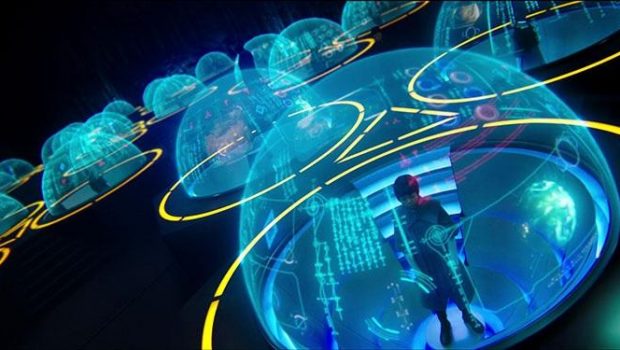
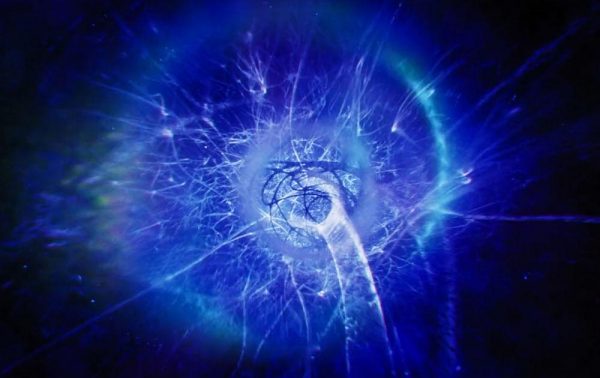
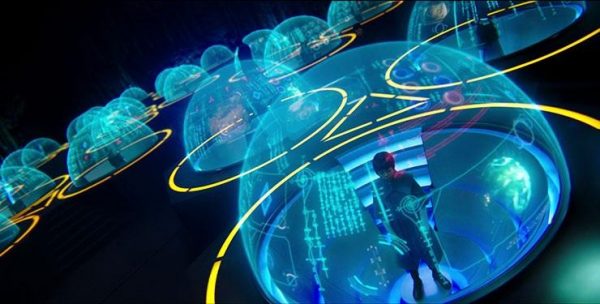
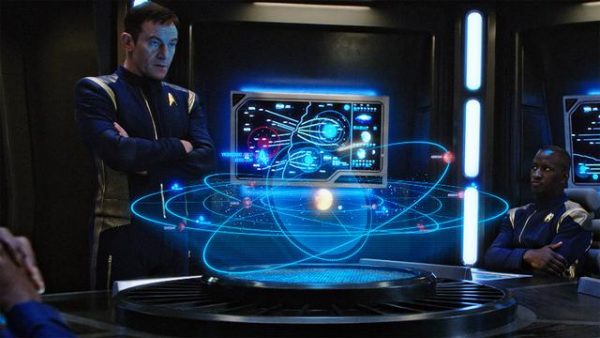

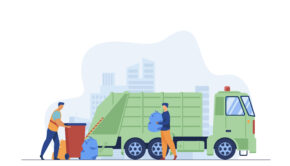


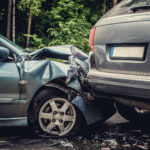

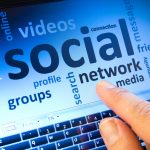

![How to Measure Productivity at Your Office [Infographic]](https://technofaq.org/wp-content/uploads/2018/04/how-to-measure-productivity-at-your-office-150x150.jpg)




